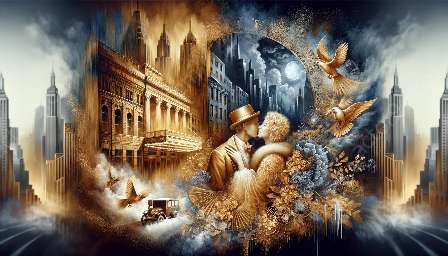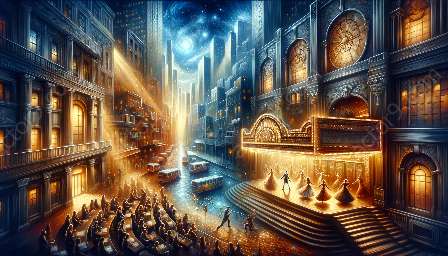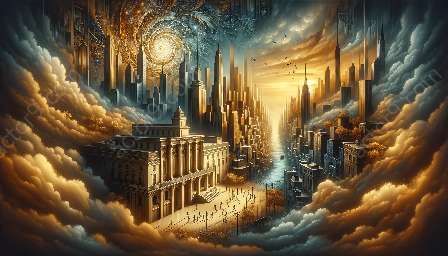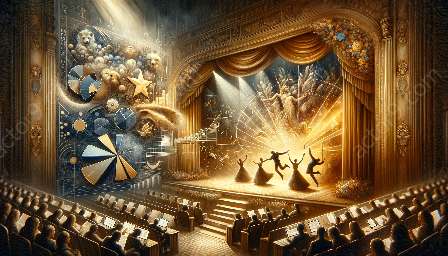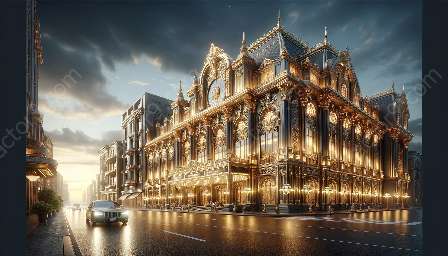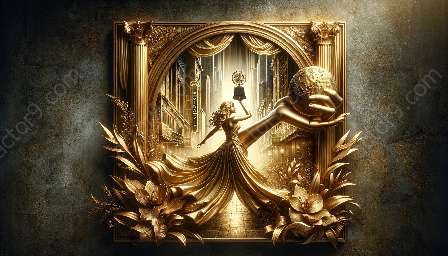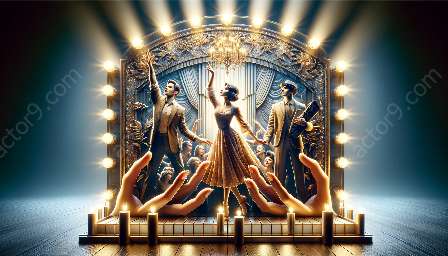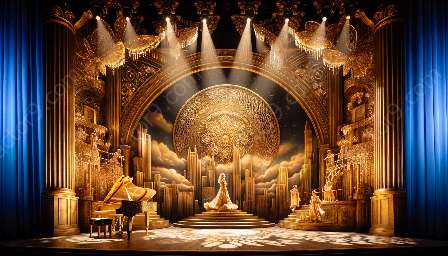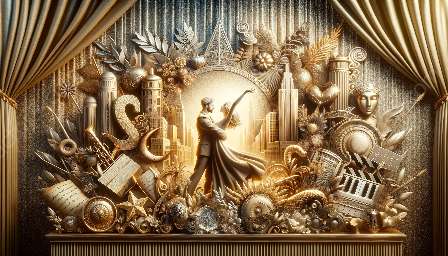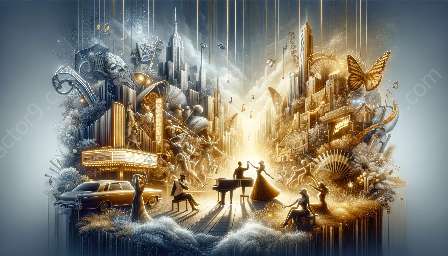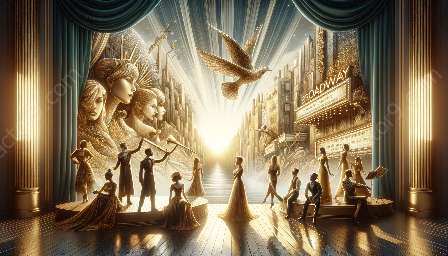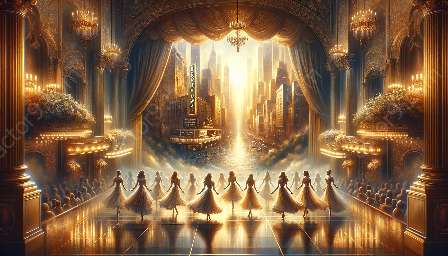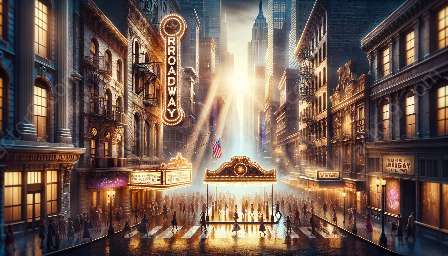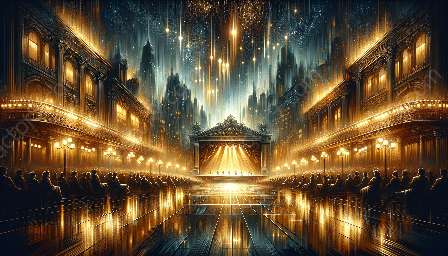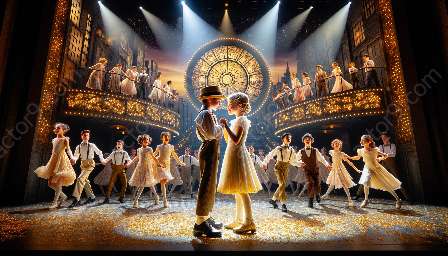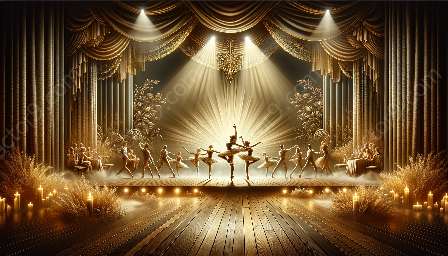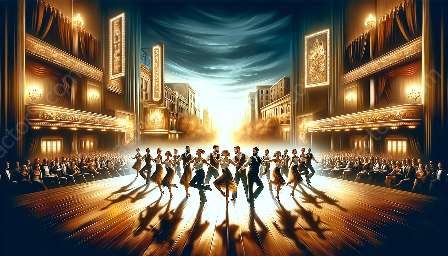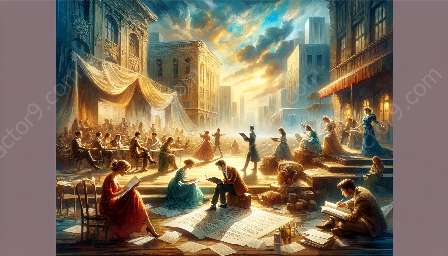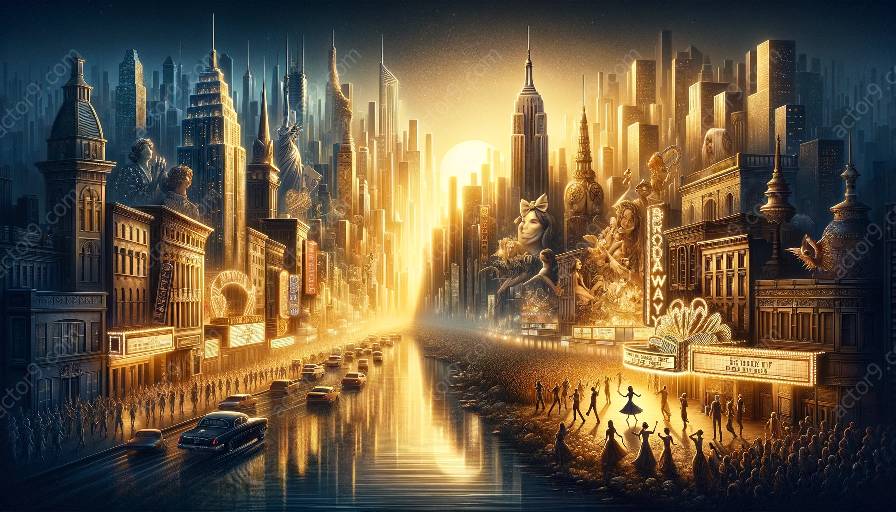Broadway musicals have undergone significant transformations over the years, reflecting the changing tastes and preferences of audiences. The evolution of Broadway musical styles can be attributed to a multitude of factors, including societal changes, technological advancements, and the influence of popular culture.
Early 20th Century: The Emergence of Musical Theater
The roots of Broadway musical styles can be traced back to the early 20th century, when musical theater began to take shape as a distinct art form. Audiences of this era were drawn to the spectacle and grandeur of musical productions, which often featured lavish sets, elaborate costumes, and large ensembles. Composers and lyricists of the time, including George Gershwin, Irving Berlin, and Cole Porter, crafted memorable tunes and witty lyrics that resonated with the public.
One of the key factors that shaped the evolution of Broadway musical styles during this period was the increasing accessibility of entertainment. As cities grew and transportation became more efficient, the theater became a popular form of escapism for urban dwellers. This trend led to the development of larger, more opulent theaters that could accommodate sizable audiences, influencing the scale and scope of musical productions.
Mid-20th Century: The Golden Age of Musical Theater
The mid-20th century marked a golden age for Broadway musicals, characterized by an explosion of creativity and innovation. Audiences embraced a diverse range of musical styles, from traditional show tunes to rock and roll-inspired numbers. This era saw the rise of legendary composers and lyricists such as Rodgers and Hammerstein, Leonard Bernstein, and Stephen Sondheim, whose groundbreaking work redefined the possibilities of musical theater.
The tastes and preferences of post-World War II audiences played a pivotal role in shaping the evolution of Broadway musical styles. As societal norms evolved and cultural movements gained momentum, musicals began to tackle more complex themes and incorporate greater diversity in storytelling. This shift in audience expectations inspired creators to push boundaries and experiment with new forms of musical expression.
Late 20th Century to Present: The Era of Innovation
In the late 20th century and beyond, the evolution of Broadway musical styles continued to evolve in response to the changing tastes of audiences. The rise of rock operas, concept musicals, and jukebox musicals demonstrated a growing appetite for dynamic, non-traditional storytelling. Audience demand for fresh narratives and experimental compositions prompted composers and writers to explore uncharted territory, resulting in a rich tapestry of musical diversity on Broadway.
Furthermore, technological advancements have profoundly influenced the production and presentation of Broadway musicals. Innovations in sound design, lighting, and stage effects have elevated the immersive quality of live performances, captivating audiences and enhancing their overall experience. The integration of digital technologies and multimedia elements has opened up new possibilities for storytelling, allowing Broadway musicals to remain relevant and engaging in a digital age.
Conclusion
In conclusion, the evolution of Broadway musical styles has been significantly influenced by audience tastes and preferences throughout history. From the early days of spectacle-driven productions to the era of boundary-pushing innovation, the interplay between creators and audiences has shaped the vibrant tapestry of musical theater. As we look to the future, the ongoing dialogue between artists and theatergoers will continue to drive the evolution of Broadway musical styles, ensuring that this beloved art form remains a reflection of our ever-changing world.


